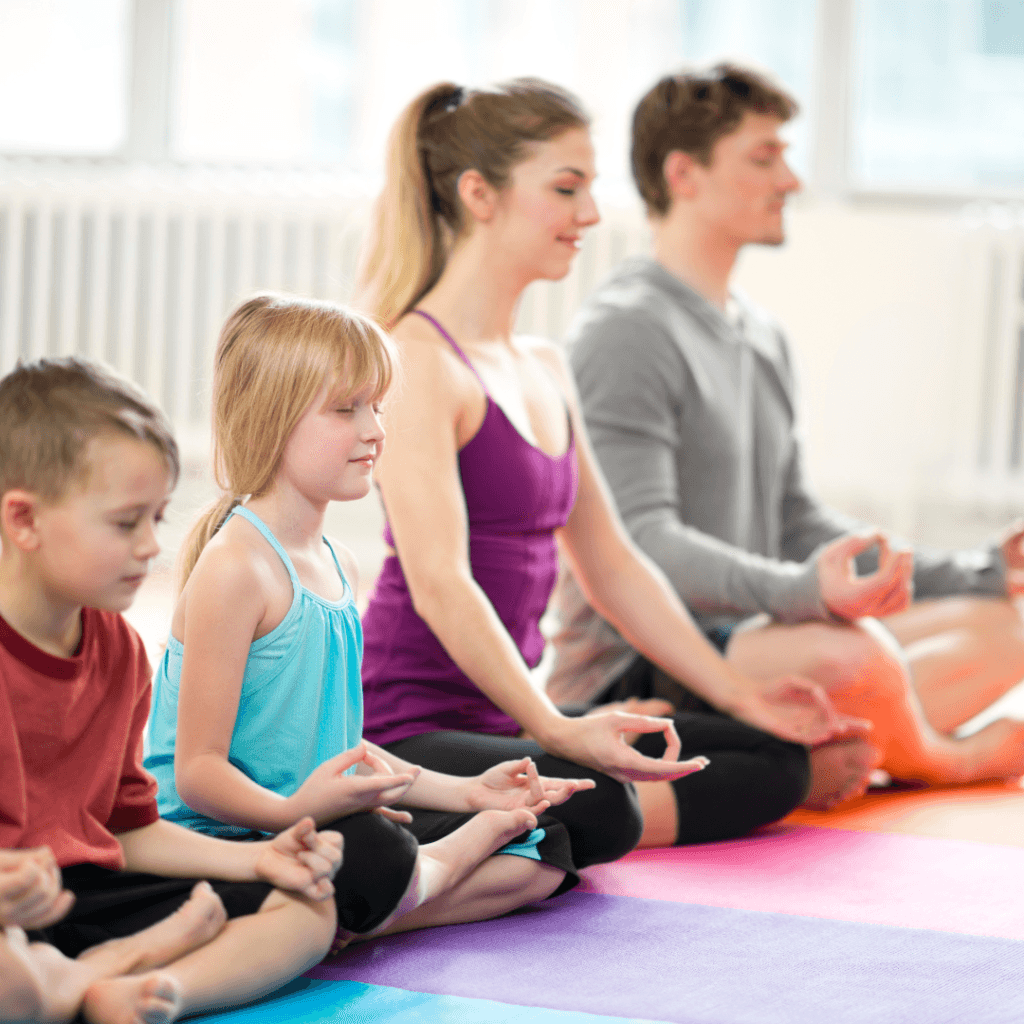Are you wondering, “what is prana yoga?” Prana yoga’s core is in one’s breathing. Read on to understand what prana yoga is, how it benefits you and how to get started.
Breathing is an involuntary body function, so most people forget how to breathe properly. Yogis have used prana yoga for centuries, believing it can improve physical and mental clarity. Prana yoga is a type of yoga that largely focuses on the breath.
This practice is even backed up by modern science: paying attention to your breathing can significantly impact your health and happiness.
Contents
Prana And Pranayama
“Prana” is a term you’ll often see when practicing yoga. It refers to the energy we get from everything in the universe, such as the sun we bathe under, the food we eat, and other energies in and around us.
Prana is also called the “primary energy,” “vital energy,” or “breath.” “Breath” is the external manifestation of prana.
In Sanskrit, “prana” means “life force,” and “Ayama” means “extending” or “stretching.” Together, “pranayama” refers to the practice of controlling life force through breathing exercises for a healthier body and mind.
At its core, pranayama aims to control prana. Through controlling prana, you can control all forces of the universe for mental, physical, and spiritual growth.
Pranayama is mindful breathing. The prana we get from our surroundings through pranayama helps us rejuvenate ourselves.
These yoga quotes about the body might help get you into the right mindset for prana yoga.

Prana Yoga For Your Health
Prana yoga is more complicated than others. If other yoga forms concentrate on the body, prana yoga’s core is in one’s breathing. These breathing exercises aim to bring prana into the body.
Prana yoga focuses on how to breathe. The calculated inhales, exhales, and pauses in breathing lead to mental, physical, and spiritual benefits.
How To Practice Pranayama
Pranayama practices often involve deep, slow breathing from the nose into the abdomen. You should always maintain a straight posture. Clear your mind and focus only on breathing.
Below are several techniques that may assist you in focusing on your prana flow during your yoga practice.
1. Practice Slow Breathing
Exhalation is the foundation of pranayama and should be practiced slowly and smoothly initially. Once one has mastered exhalation, one goes on to inhalation, attempting to make it smooth by making it long and leisurely.
2. Do Breathing Exercises
Here are some prana yoga exercises that are effective and beginner-friendly:
- Yogic Breath (Belly Breathing): All newcomers to yoga begin their training and mastery of this foundational breathing exercise by breathing into their abdomen.
- Dirga Pranayama (Complete Breath): This deep-abdominal breathing exercise is excellent for building your diaphragmatic breathing and strengthening abdominal muscles by completely filling the lungs with air.
- Pranayama Shitali (Cooling Breath): This involves the practice of breathing with a curled tongue. Doing so produces a refreshing and cooler breath.
- Sit Cari Pranayama (Hissing Breath): This is another cooling breath technique of inhaling through your teeth. Its name was derived from the hissing sound practitioners produce.
3. Perform Kundalini Yoga
As a yogi continues to practice, they will begin to see changes in their body. Specialists highly recommend Kundalini yoga for rapidly and successfully awakening energy consciousness and helping relieve stress that can disrupt your prana flow.
Moreover, Kundalini yoga aims to help you transcend your ego and gain a higher level of self-awareness through activating this energy. The phrase “yoga of awareness” is sometimes used to describe this practice.

You might also be interested in learning about Reiki yoga.
4. Fuel Your Body With Nutritious Foods
Ayurvedic doctors and traditional yogis agree that a plant-based diet high in natural, whole foods can increase your perception of prana. On the other hand, eating a lot of processed food can dull one’s pranic perception.
5. Indulge In Meditative Practices
Get into the habit of meditating regularly. Prana is a vital force that can be felt through meditation, visualization, affirmations, and the practice of hand positions called mudras. These techniques can change one’s perspective, release blocked mental energy, and restore a state of harmony to one’s physical being.
6. Spend Time Outside
Earth’s natural systems are full of pranic energy, from the air we breathe to the water we drink to the forests we walk through. Spending time in the great outdoors can heighten your awareness of prana and strengthen your bond to the Earth’s natural resources.



